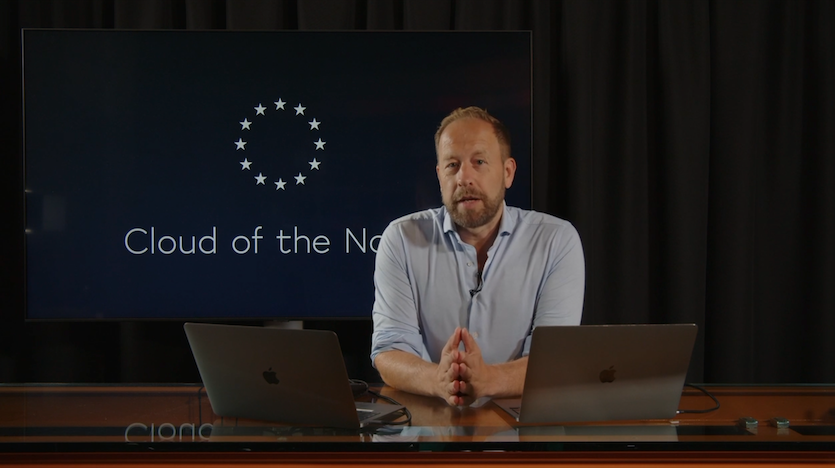Benefits of a Multi CDN Strategy
Last updated: 20 December 2022

A Multi CDN strategy, which involves using multiple content delivery networks (CDNs) to deliver content to users, is becoming an increasingly popular approach for many businesses. While using a single CDN can be a cost-effective solution, a Multi CDN strategy offers a number of benefits that make it a better choice for many organizations, including cost reductions, if implemented correctly.
One of the main reasons why a Multi CDN strategy is better than using a single CDN is improved performance. By using multiple CDNs, businesses can distribute their content across different networks, ensuring global content delivery and quick and reliable content access for users, regardless of their location or network conditions. This can be particularly beneficial for businesses that serve a global audience, as it can help to reduce latency and improve the user experience.
Another reason why a Multi CDN strategy is better than using a single CDN is increased resilience. By using multiple CDNs, businesses can protect themselves against outages or other issues that may affect a single CDN. This can help to ensure that their content remains available and accessible to users, even in the event of a disruption.
In addition, a Multi CDN strategy can provide businesses with more control and flexibility over their content delivery. By using multiple CDNs, businesses can choose the best CDN for each region or type of content, allowing them to optimize their content delivery for different users and scenarios.
What are the challenges?
While a Multi CDN strategy offers many benefits, it can also present some challenges. Designing, deploying, and operating a Multi CDN environment requires careful planning and coordination, as well as the ability to manage and monitor multiple CDN contracts and relationships. Additionally, businesses must be able to integrate their content management and delivery systems with multiple CDNs, which can require specialized knowledge and expertise.
Designing, deploying and operating a Multi CDN environment is complex, and costly. Multi-CDN expertise is hard to find, and expensive. Therefore, most businesses outsource Multi CDN services to vendors.
Most Multi CDN vendors use DNS to reroute traffic across CDNs. While DNS is simple, it was never really designed for this usage and is a quite blunt and passive instrument. DNS does not give you fine granular control over which stream or video is distributed via which CDN. Also, DNS is a passive mechanism, relying on the DNS servers of third parties out of reach of the primary DNS server. There is no guarantee that all users are switched over, resulting in downtime and performance issues.
Benefits of Jet-Stream Multi-CDN
1. Active load balancing
To overcome these downsides of DNS-based Multi CDN switching, Jet-Stream researched and innovated active load balancing (back in the 90’s when it built its first CDN even before the Akamai CDN was introduced to the market). Active load balancing actively analyses the user’s request and uses an algorithm to actively steer each individual request to the most optimal CDN, based on proximity, performance, uptime, and costs. Thus, guaranteeing much higher uptime and performance compared to DNS-based Multi CDN solutions, in the realms of 99.999% instead of 99.9% or 99.99%.
2. ‘Good enough’ algorithm
When Jet-Stream analyzed Multi CDN logic, the company found that most Multi CDN solutions were designed for website acceleration, while streaming video has a different set of requirements. Website acceleration requirements are high-speed parallel delivery of small objects, while the requirements for streaming are serial high bursts of large data blocks, at low costs.
By optimizing its Multi CDN solution for streaming instead of websites, Jet-Stream developed the ‘good enough’ algorithm, that actively load balances traffic across a mix of CDNs. All available CDNs that offer the right performance to guarantee the highest Quality of Experience are in the active pool, and the cheapest path is chosen. This effectively reduces traffic costs by up to 40% while the users get the highest possible experience.
3. Full control over Multi CDNs
Another benefit of Jet-Stream’s active Multi CDN load balancing is fine granular, instant control. Based on your own intelligence data, you can automatically (or manually) override the Jet-Stream algorithm and select the most optimal CDN per individual video and stream, in real-time, for extreme uptime and performance control per title, per region. This level of granular, enforced control over distribution is unmatched.
4. Innovative features
Other important innovations in Jet-Stream’s Multi CDN solution are mid-stream switching, a load balancer recommendation API, deep integrations with third-party CDNs such as cache flushing, URL signing and real-time log processing. Jet-Stream runs its own independent network of probing agents to monitor CDN performance per region.
5. Cost-effectiveness
Jet-Stream Multi CDN comes bundled for free with its services, reduces traffic costs, dramatically reduces your internal operational costs, and offers more control and flexibility compared to any other Multi CDN solution.
Overall, a Multi CDN strategy offers many benefits over using a single CDN, including automated content steering, improved performance, increased resilience, and greater control and flexibility. While there are challenges to designing, deploying, and operating a Multi CDN environment, these can be overcome with careful planning and the right tools and resources. If you are considering a Multi CDN strategy for online video and live streaming, Jet-Stream offers the most advanced and most cost-effective solution.
Would you like a live consult on the Multi CDN strategy for your streams? Contact us.




